Vinyl siding is an excellent choice for homeowners looking for durable, stylish, and low-maintenance exterior cladding. It’s easy to install and comes in various colors and styles. One of the key advantages of this is its durability. It is immune to weather conditions, including rain, snow, wind, and harsh temperatures. Its long-lasting nature ensures that your home’s body will remain intact for years. It’s challenging to rot, mold, or damage, making it a long-lasting investment.
In terms of cost, it is more affordable than other siding materials, such as wood or brick, making it a practical choice for homeowners on a budget. If you consider upgrading your home’s exterior, this is a great option to explore. Its durability, aesthetics, affordability, and energy efficiency make it a wise purchase.
Why Choose Vinyl Siding for Your Home?
It has become trendy among homeowners due to its durability, low maintenance, and aesthetic appeal. But before going with it, you must know why vinyl siding installation is the right choice for your home:
Durability and Longevity
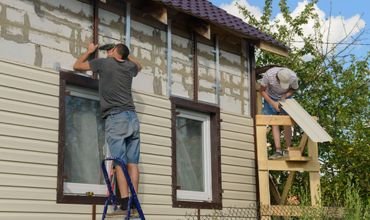
It is a durable material that is highly immune to harsh weather conditions. It can fight rain, snow, wind, and extreme temperatures without rotting, warping, or cracking. This long-lasting ensures that your siding will last for many years. Also, they make modern vinyl to resist fading and maintain vibrant vinyl siding colors, even when exposed to direct sunlight. This helps to preserve the aesthetics of your home.
Low Maintenance
Vinyl offers homeowners a low-maintenance solution. Its easy-to-clean surface can be kept looking its best with a simple hose cleaning or gentle scrubbing. Unlike wood or fiber cement siding, it doesn’t require regular painting, saving you time and money on maintenance. Additionally, many manufacturers offer warranties that cover defects and fading, providing added peace of mind.
Attractive Appearance
Get excellent adaptable and customization options. Available in various colors, styles, and textures, it can complement any home’s architectural style and personal preferences. It even mimics the appearance of wood, stone, or brick, providing a realistic and classic or contemporary look. Whether you prefer a smooth, textured, embossed finish or different siding profiles, it allows you to create a truly unique and personalized exterior for your home.
Cost-Effective Solution
You will get many benefits, making it an excellent choice for homeowners. The vinyl siding cost minimum compared to other materials like wood or brick makes it a budget-friendly option. Additionally, certain vinyl products have insulating properties that can improve your home’s energy efficiency, leading to reduced heating and cooling costs. Installing it can enhance your home’s curb appeal and increase its resale value, making it a profitable investment.
Some Additional Advantages
Its fire resistance provides an added layer of safety, protecting your home from potential damage. Besides, it is naturally invulnerable to mold and mildew, ensuring a healthy indoor environment. Some manufacturers include recycled materials in their vinyl products for those seeking environmentally friendly options, making it a sustainable choice for your home.
How to Install Vinyl Siding?
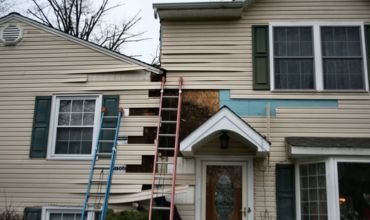
It offers a useful and modern solution for residents seeking to improve their homes’ exteriors. Its durability, low maintenance requirements, and a wide array of styles make it a popular choice. Get an overview of its Roof Installation process. From preparing your home’s exterior to securing the panels and finishing touches, know each step to ensure a successful installation.
Preparation
Before installing, you must get all prepared with this preparation procedure:
- Remove Existing Siding – If your home has existing siding, you’ll need to remove it carefully. This may involve removing nails, screws, etc.
- Inspect Cladding – Once the old siding is removed, inspect the cladding for damage or rot. Repair or replace any damaged areas to ensure a solid base for the new siding.
- Prepare the Surface – Clean the exterior walls thoroughly to remove dirt, debris, and mold or mildew. You can think about using a pressure washer to make sure of a deep clean.
Installation Process
Now you can easily install it with the help of the process below:
- Start at the Bottom – Begin installing it at the bottom of the wall, starting with the J-channel or starter strip. These pieces provide a secure base for the siding panels.
- Install Horizontal Pieces – Connect the horizontal siding panels to the starter strip, ensuring they overlap correctly and are securely fastened with nails or screws.
- Install Vertical Pieces – Once the horizontal panels are in place, install the vertical trim pieces, such as corner and window trim.
- Install Accessories – Install any additional accessories according to the manufacturer’s instructions.
- Finish with Trim – Complete the installation by installing the final trim pieces, such as J-channel and rake trim to cover the edges of the siding and create a clean finish.
Types Of Vinyl Siding
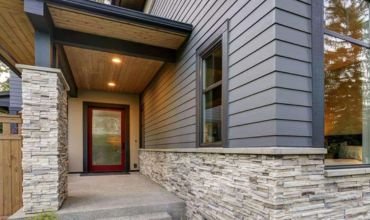
Know about the various types of vinyl siding available, from traditional horizontal styles to specialty options that imitate the appearance of natural materials. You will also know the factors to consider when selecting it for your home, including style, color, thickness, warranty, and cost. You’ll have a clear understanding of the different options available and be well-equipped to make an informed decision for your home.
Horizontal Siding
It has a variety of styles to fit different architectural choices. Beadboard, with its raised, horizontal tracks, produces a classic aesthetic. Dutch lap siding, with overlaying panels, creates a unique shadow line effect. For a rustic appeal, board and batten combines wide horizontal boards with narrower vertical battens. Finally, shingle siding, designed to emulate the appearance of wooden shingles, provides a textured and visually appealing finish.
Vertical Vinyl Siding
Board and Batten vinyl siding can be installed horizontally or vertically, each offering a distinct aesthetic. Vertical board and batten is a popular choice for modern or modern homes, creating a clean and stylish look. Channel siding, on the other hand, has deep channels that create a vertical shadow line effect, adding more sophistication and elegance to the exterior.
Specialty Siding
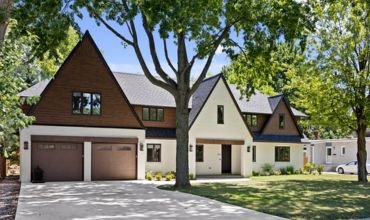
It offers a versatile range of styles to complement various architectural preferences. For a natural and rustic aesthetic, cedar shake-inspired vinyl provides a visually appealing option. To replicate the texture and appearance of stone or brick, it can be designed to mimic these traditional materials while offering a durable and low-maintenance alternative. For a touch of warmth and character, wood grain siding adds a natural element to the exterior.
Vinyl Shake Siding
It provides a beautiful and durable alternative to traditional cedar shakes. It replicates the natural look and texture of real wood but without the hassle of maintenance or the risk of rot, insect damage, or fire.
Factors to Consider When Choosing Vinyl Siding
Make sure to know about the factors before selecting the type of siding for your home:
- Architectural Style – The type of siding you choose should complement the overall style of your home.
- Personal Preference – Consider your own aesthetic preferences and the desired look for your home.
- Climate—The area’s climate can influence the type of siding that is most suitable. For example, areas with harsh winters may require a more durable and weather-resistant option.
- Maintenance Requirements – It is generally low-maintenance, but some styles may require more cleaning, vinyl siding repair, or attention than others.
ManageMyRoof is your vinyl siding supplier near me. Connect with us today to avail of the service!
Commonly Asked Questions
It is known as a famous exterior cladding material that’s made from polyvinyl chloride (PVC).
Its benefits include durability, low maintenance, energy efficiency, and cost-saving, and versatility.
Yes, it’s considered environmentally friendly. It’s recyclable and doesn’t contribute to indoor air pollution.
Insulated vinyl siding is generally hail-resistant, but severe hailstorms can cause damage.
Regular cleaning with mild soap and water is usually sufficient. Avoid using harsh chemicals or pressure washers.
No, it is usually not painted. Its color is part of the material itself.
You can find it through online directories, reviews, local building associations, and online searches.
It can get noisy in the rain, especially if it’s not installed properly or if the underlying structure is not sound.
While it’s possible to install vinyl siding yourself, it’s recommended to hire a professional for best results and to avoid potential issues.

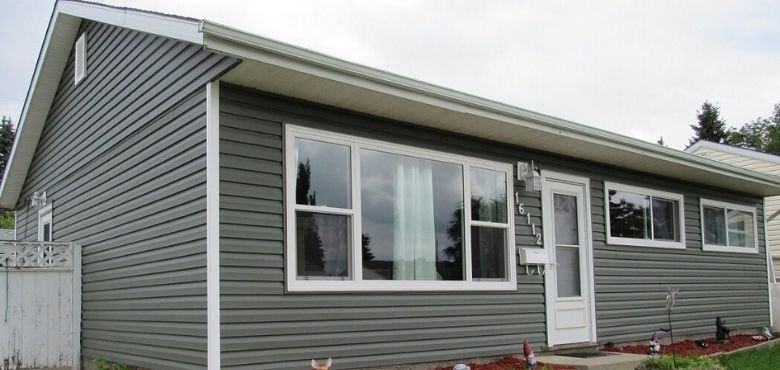
Leave a Reply